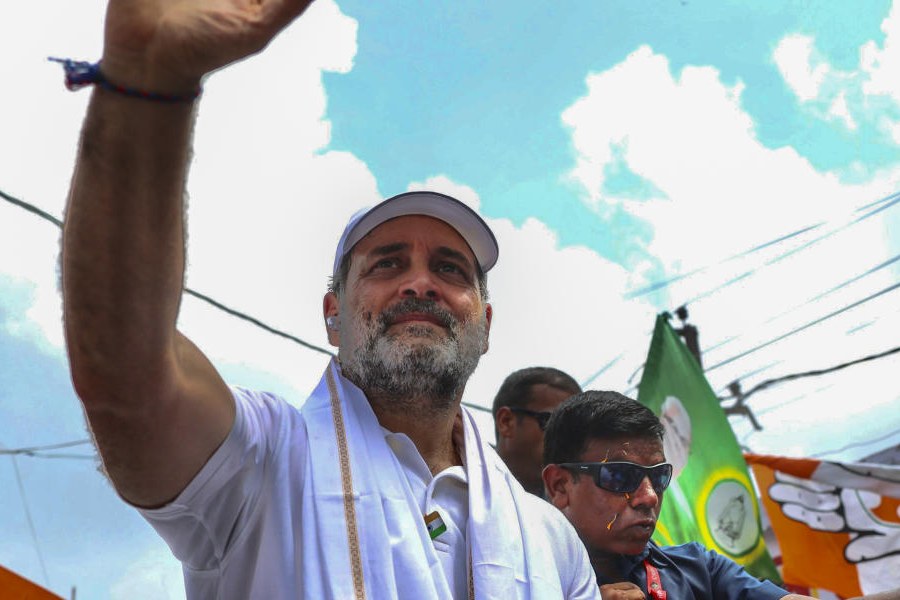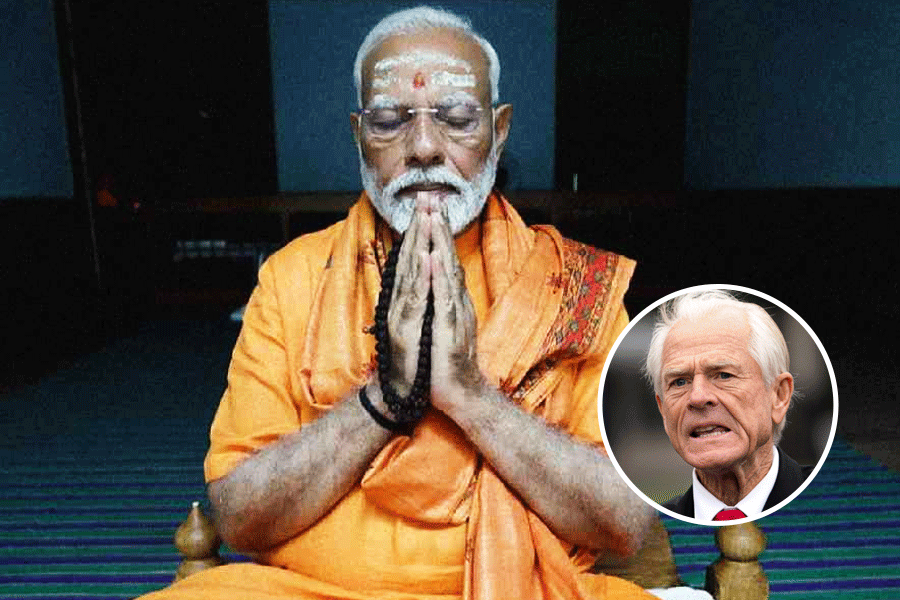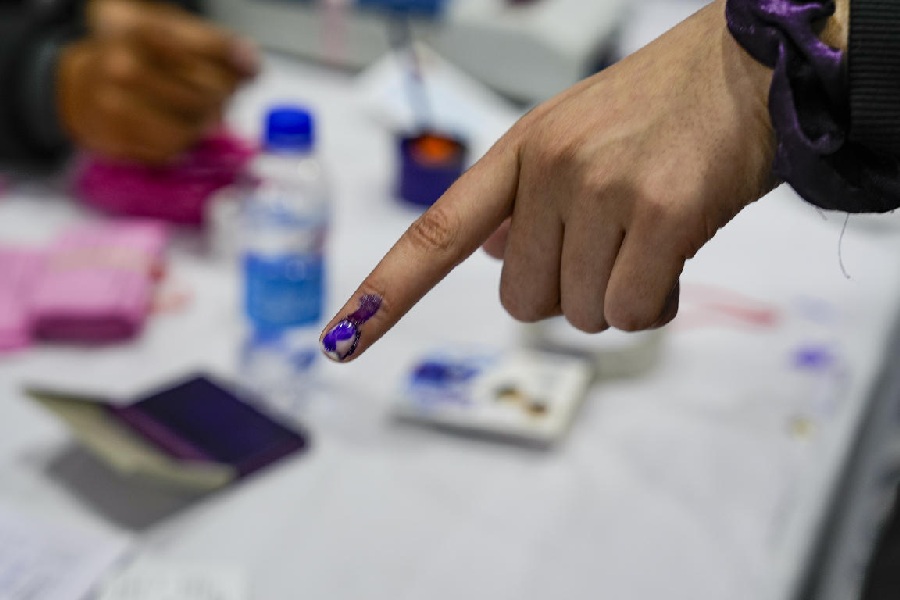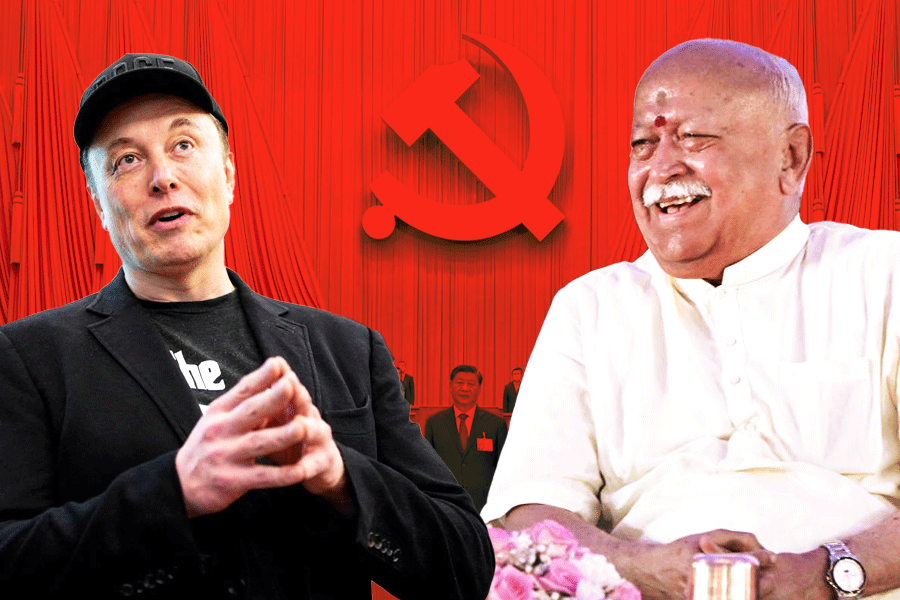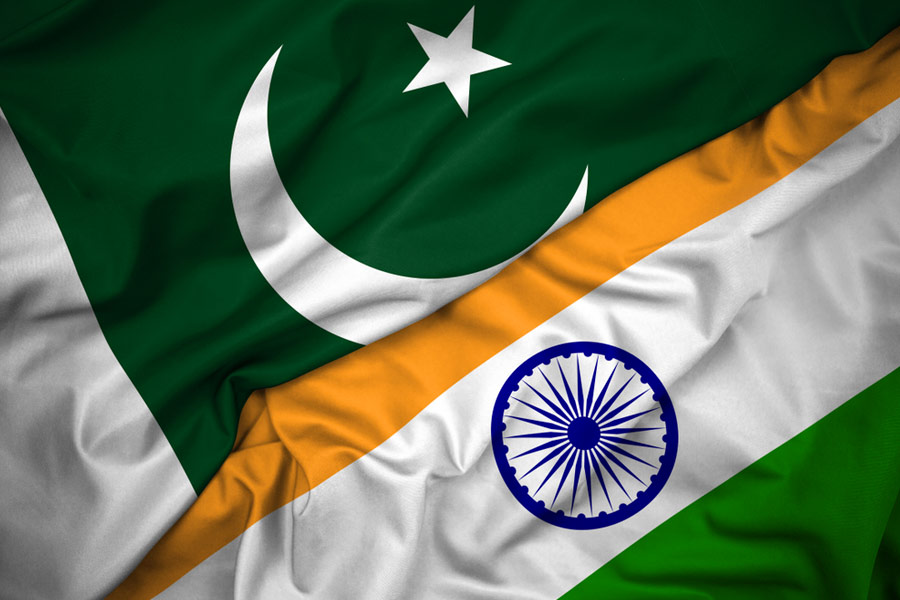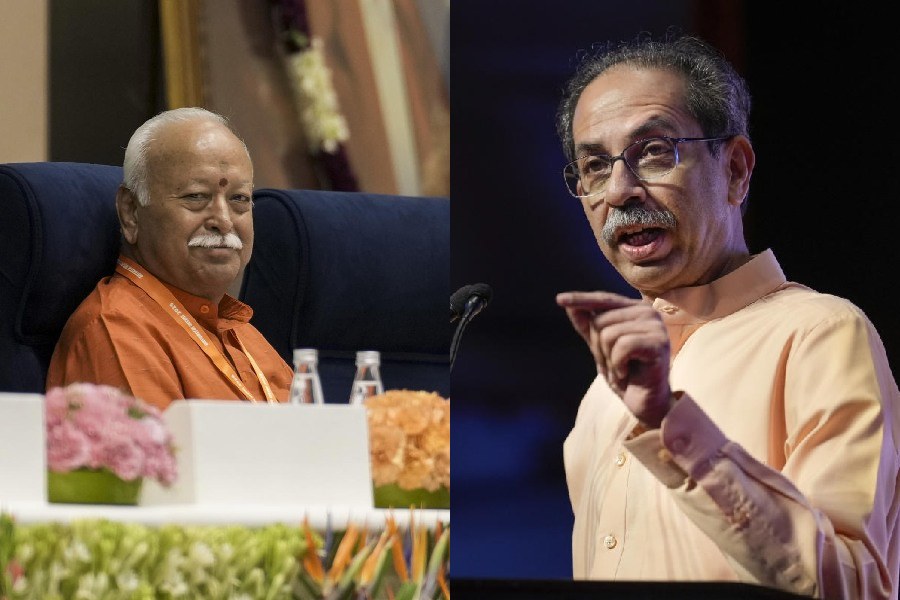.jpg) |
| snack politics: Vada pav seller Bhupendra Vasaikar Pic: Gajanan Dudhalkar |
Sudhakar Mhatre is all geared up for the meeting. Vada pav sellers from across Mumbai are getting together to discuss the quintessential munch that rules hearts and homes in Maharashtra. And the 74-year-old former mill worker’s presence is imperative, for he may well be called the father of the vada pav.
Mhatre is believed to have set up the first designated vada pav cart in Mumbai. He still sells his vada pavs from his cart in Dadar. Over the years, his savoury has left a number of celebrity mouths watering, from former Maharashtra chief minister Manohar Joshi’s to Congressman and former deputy chief minister Chhagan Bhujbal’s.
The vada pav may be simple fare — a deep-fried potato mash patty served in a bun with chilli powder and chutney. But come November 24, and it will add on new layers of spice and meaning. The gala meeting at Shivaji Park in central Mumbai — with 25 top vada pav vendors in the city as special invitees, and to be attended by hordes of fellow sellers —is being organised by the Shiv Sena. The meet intends to come up with the single perfect recipe for the snack.
At a time when Raj Thackeray’s Maharashtra Navnirman Sena (MNS) is flexing its muscles on the issue of outsiders, the Shiv Sena feels the need to make its presence felt on a matter of Maharashtrian pride.
“The Sena has got a kick up its backside by the MNS,” says sociologist Dipankar Gupta, adding that the vada pav meet is a well-calculated move. “The vada pav vendors in Mumbai are almost all Marathi people. The same meet wouldn’t necessarily extend to the bhelpuri and pav bhaji-wallahs which are run by non-Marathis from Bihar or UP — they are the ‘outsiders’. The Shiv Sena wants to buffer up the ‘insiders’. This is one more example of regional identity politics,” he remarks. The Mumbai Municipal Corporation is also dominated by the Shiv Sena —which makes it easier for the party to give out and renew licences to street vendors.
The meet, incidentally, is being sponsored by “outsiders” McDonald’s. “Under this initiative McDonald’s will help drive its quality process across the spectrum and we are looking at doing this through imparting training during the vada pav festival,” says a McDonald’s India (West & South) spokesperson.
The Sena aims at bringing a standardised flavour for the popular snack, to be called the ‘Shiv vada pav’. Over the coming months, vada pav vendors enlisting in a Shiv Sena union will be given a crash course on issues such as basic hygiene, and upkeep of their kiosks. Those vendors subsequently chosen to sell the Shiv vada pav will have their stalls branded with the Shiv Sena flag atop the cart, the party’s tiger symbol by the plank and a logo. There are plans to instal 100 such kiosks in Mumbai over the coming months. Vendors will turn out in a uniform of saffron shirts and blue trousers. A credit society to help vada pav sellers save money is also on the cards.
“It’s been almost 40 years since the vada pav became Mumbai’s favourite snack. Our attempt is to use it to generate more employment and consolidate the base of existing vada pav vendors,” explains Sanjay Gurav, head, Vada Pav Vikreta Sena — a recently established wing of the Shiv Sena that looks into the affairs of vada pav sellers in the state.
There’s more in store. “We also plan to push for more licences to encourage new vada pav vendors,” adds Sanjay Raut, a Shiv Sena politician, currently a Rajya Sabha MP and a key figure behind the initiative. Similar gatherings will take place in Pune, Thane, Nashik, Aurangabad and Nagpur. If all goes well, the Shiv vada pav would be ready by January 23 — Bal Thackeray’s birthday.
For many of the older roadside vada pav vendors — there are some 7,000 roadside vendors in Mumbai, selling more than 1.5 lakh vada pavs every day — the recent move is also a way of fending off competition. Jumbo King, a fast-food chain in western India (primarily Mumbai) which began selling Jumbo Vada Pav in 2001, has been expanding. With 43 outlets spread across the city, the company serves nearly 40,000 vada pav eaters every day, says its website. Jumbo King’s and the roadside vada pav cost the same — about Rs 6. Despite repeated attempts to seek its comments, the Indian fast food chain did not comment on the issue.
The sammelan, however, expects to learn some lessons from Jumbo King, whose cooking operations are based upon a centralised kitchen that makes the vadas and fans them out to the numerous outlets in and around Mumbai. The Shiv vada pav plans to apply the same method.
Vendor Bhupendra Vasaikar, whose eatery was started by his elder brother in Shivaji Park in 1968, is slightly wary about this modus operandi. “The vada pav food chains sell hygiene and cleanliness more than taste. The secret to the taste of the vada pav lies in the freshness of the mashed potato. The cooked vegetable cannot be travelling long distances or kept for long hours before it’s consumed. The consumption has to be immediate,” emphasises Vasaikar. Vasaikar’s stall is still a favourite with the Thackeray cousins — Raj and Uddhav. “Uddhavsaheb would come running after finishing school at nearby Balmohan Vidyamandir,” Vasaikar fondly recalls.
Narendra Vaidya, whose father set up their stall in 1968 outside Dadar station, concurs. “There is competition for vada pav eaters. But the thing about fast-food chains selling vada pav is that they lose out on the local flavour. Vada pav anywhere —not only in Maharashtra, but even inside Mumbai — tastes different from place to place,” says Vaidya, whose regulars include actor Nana Patekar.
But Gurav is not worried. “The Shiv Sena has an open mind. If we find that the model doesn’t work, we’ll disband it and create an alternative,” he says.
For many of the pav sellers, the Shiv Sena has always been a supporter of the vendors. Sudhakar Mhatre, in fact, started his venture in response to Shiv Sena chief Bal Thackeray’s clarion call in 1966 exhorting Maharashtrians in the name of Marathi pride.
“Balasaheb told us, if Marathis cannot get jobs, let them sell vada pav,” he chuckles, eyes glinting under a saffron-coloured cap. While initial work started in late 1966, Mhatre set up his cart in 1967, and things really took off the next year. He began with selling 200 vada pavs at 10 paise a day in the late 1960s to around 5,000 vada pavs in 1995 working mostly 13 hours a day. Nowadays, Mhatre and his son Vaibhav sell 1,200 vada pavs, for Rs 6 a piece, between 3.30 pm and 7.30 pm every day.
In May, when the idea of the Shiv vada pav was first mooted, deputy chief minister of Maharashtra and NCP leader R.R. Patil, jibed that a Sambhaji bhajia would be next on the menu of the Shiv Sena. MNS spokesperson Shirish Parker welcomes the move, but adds: “We have forced the state government and the Shiv Sena to do something for the people. Why did it take them so many years to come up with the idea?”
The issue, clearly, is here to stay. That’s one hot potato that has jumped straight out of the political cauldron.


